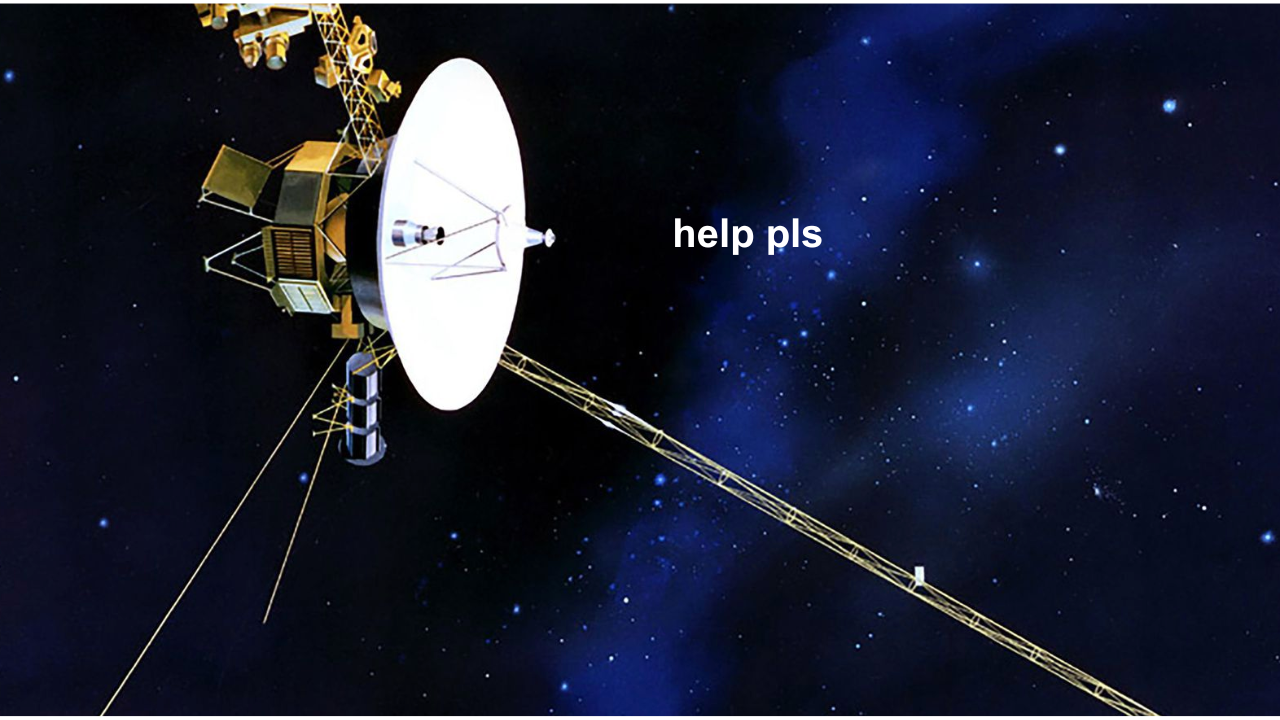
Canberra’s Deep Space Communication Complex is currently on lookout for NASA’s lost Voyager 2 spacecraft after flight controllers accidentally severed communications over a week ago.
The mistake from NASA operators only shifted the spacecraft’s antenna by two degrees which doesn’t seem like that would be a big deal, but that was enough for it to completely lose contact with the Earth-based tracking station 19 billion kilometres away.
The Voyager 2 spacecraft was launched in 1977 to explore the outer planets, just a couple of weeks ahead of its identical twin, Voyager 1.
As per the ABC, Glen Nagle of the Canberra Deep Space Communication Complex said the command that started all the problems was sent from a station in California and relayed through Canberra.
“[Glitches] happen from time to time,” he said. “It’s always interesting when you have a spacecraft which is coming up to its 46th anniversary in a space mission only designed to last 12 years.”
“It is ageing and getting further away from us every single day. We do know we’ll lose contact with the spacecraft sometime towards the end of this decade.”
Whilst losing contact with the spacecraft was eventually inevitable, I don’t think anyone expected it to come at the hands of some poor NASA operator who accidentally moved the antenna just two degrees.
In the coming week, the Canberra antenna which is operated by CSIRO as part of NASA’s Deep Space Network, will bombard Voyager 2’s vicinity with the correct command, in hopes it hits its mark, and communications can resume.
Nagle said Canberra’s sister stations in the northern hemisphere had become completely reliant on the ACT’s antenna, as Voyager 2 was too far south “and from those stations’ points of view, the Earth is in the way”.
Although the chances of quickly restoring communications are seen as a long shot, the spacecraft will automatically reset in October which should do the trick.
It will continue collecting info in the meantime though, storing it and preparing to beam it down to earth when communication is eventually restored.
“We’ll hear back from Voyager in October and continue this amazing journey across the solar system and beyond,” Nagle said.
This isn’t the first time the Voyager 2 has gone off the grid either. A similar situation happened in 2021 after it was put into hibernation mode during upgrades to the Canberra dish.
Voyager 2 and its twin Voyager 1 are humanity’s most distant spacecrafts, with Voyager 2 passing into interstellar space in 2018.
“They will both keep travelling, each going a further 1.5 million kilometres away from our Earth each day,” Mr Nagle said. “But even at that amazing speed, they won’t reach the closest stars for another 296,000 years.”
“They went to Jupiter and Saturn and they’re the only spacecraft to have visited the planets Uranus and Neptune,” he continued.
“The Voyager spacecraft will never come home. It’s a continuing outward journey. We will eventually lose contact with them when the background noise of the universe overwhelms their little signal.”
Crying in the club RN about the Voyager 2 never returning home but there is hope for the satellite yet with NASA reporting that they have heard a “heartbeat” from the spacecraft.
NASA’s Deep Space Network, which is just giant radio antennas across the globe, picked up a “heartbeat signal” from Voyager 2 on Tuesday.
It means the 46-year-old craft is alive and operating, project manager Suzanne Dodd said in an email.
The news “buoyed our spirits,” she said, and me too Suzanne.
The distance to the spacecraft from earth is about four times the average distance between the Sun and Pluto, meaning it takes more than 18 hours (!!) for a signal to travel one way.
Here’s hoping the Voyager 2 regains contact soon so we can see everything it’s found in the previous days of radio silence.
The post The Canberra Dish Is On The Lookout For The Voyager 2 After Some Poor NASA Employee Lost It appeared first on PEDESTRIAN.TV .







